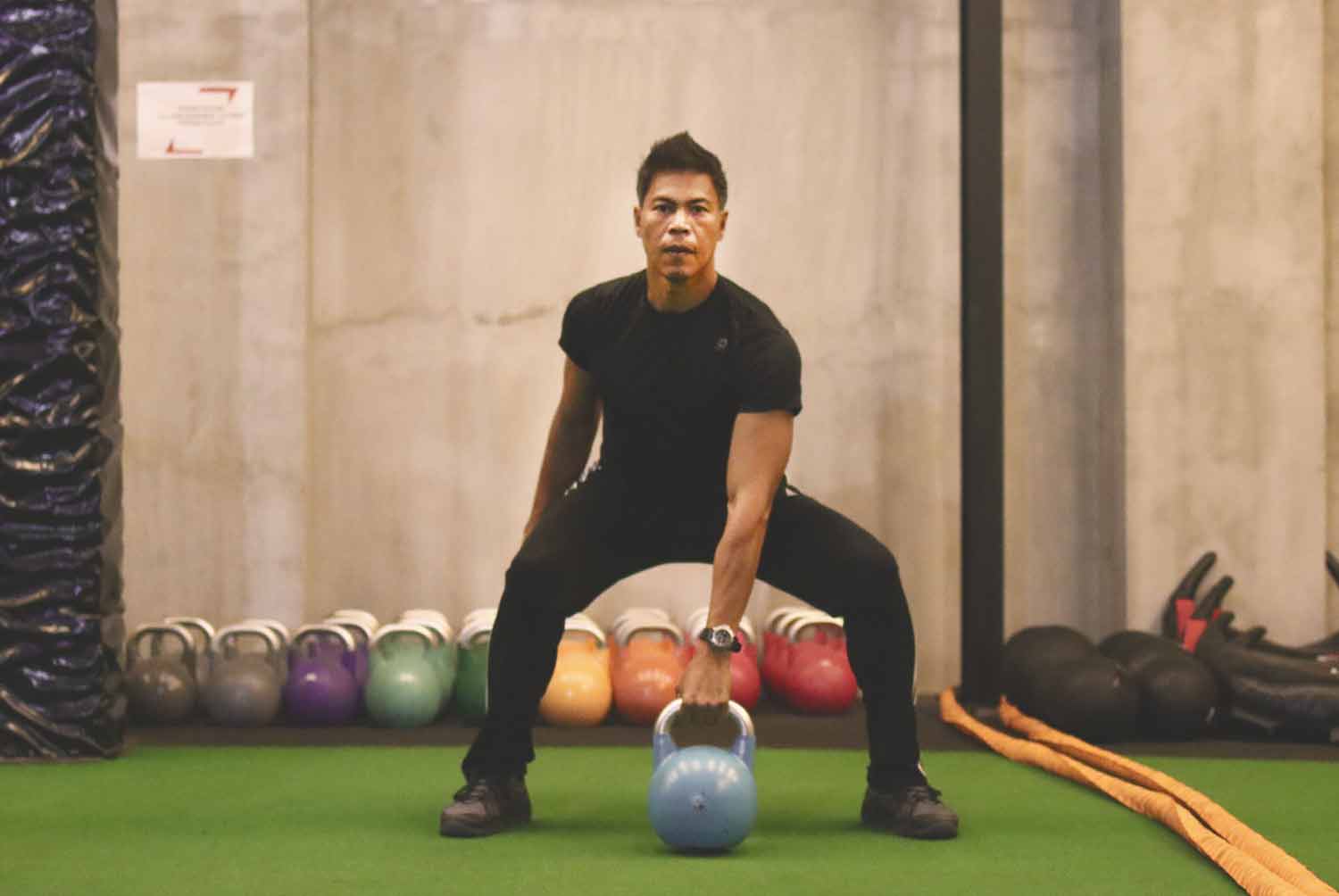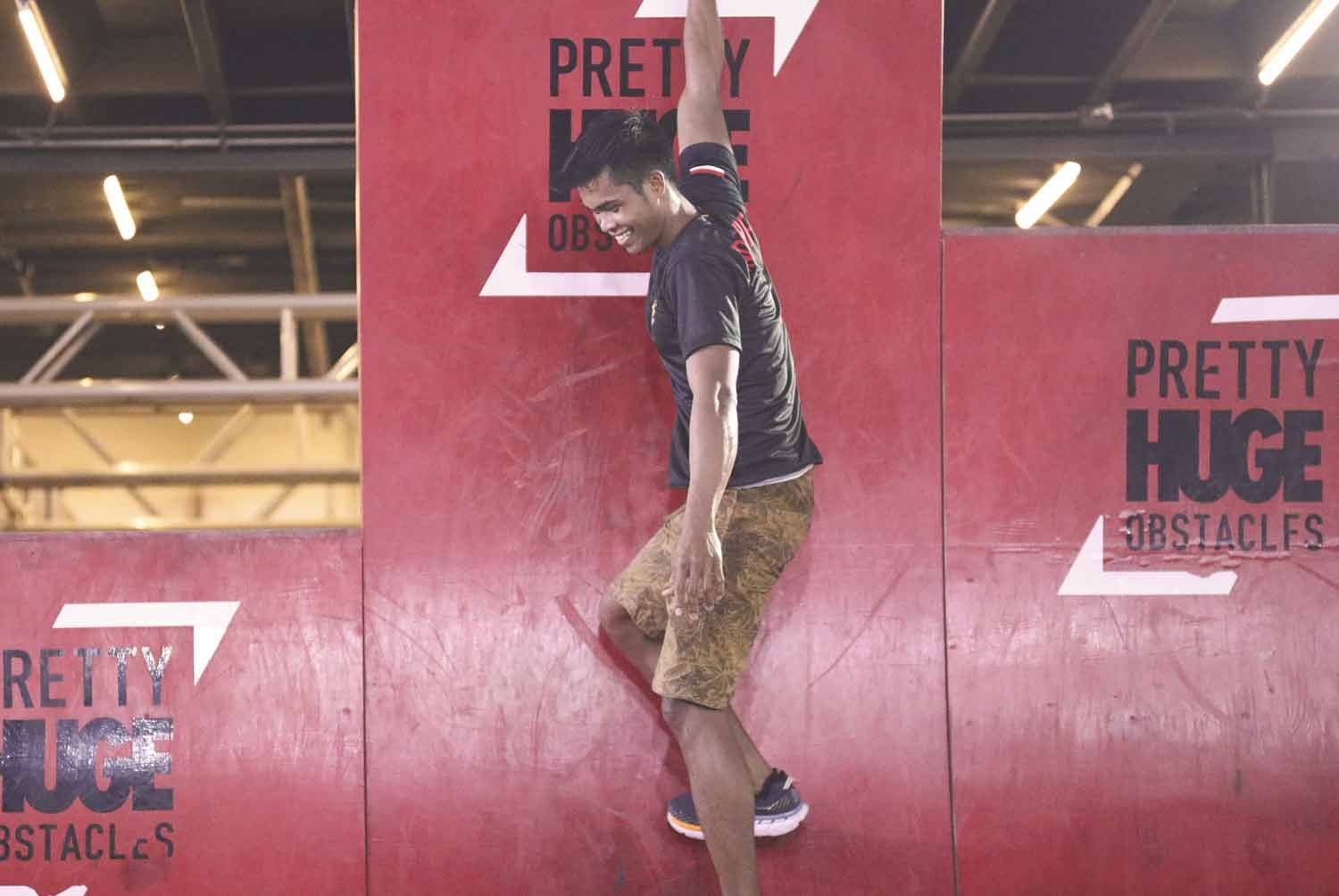It’s been more than a century after the sport was introduced by the Americans, and Filipinos still just can’t get enough of basketball. Even those who don’t play much get infected with the excitement and friendly competition every time a new season rolls in. The popularity of basketball here and abroad comes as no surprise. It doesn’t require much space compared to other team sports. Neither does it require expensive gear to play. There’s no set number of players for a casual game, and it’s pretty easy to learn.
What isn’t so easy is getting really good at it. Naturally, playing basketball with frequency is an effective way to become a better player, but don’t get caught up in the idea that that’s the only way. There are plenty of workout regimens and exercises that can help you improve your game. Just a few of these are dribbling drills, two-basketball drills, and wall drills - that is, if you have access to a concrete wall placed out of the way of breakable items. These are just a handful of ways to enhance your technique and develop your overall fitness, which is sure to come in handy on the basketball court.
What is cross-training?

Whether it’s basketball or some other game, once you’ve found your favorite sport, there’s a good chance you’ll want to do it all the time. Getting a good amount of physical activity is great, but no matter how much you love your game of choice, eventually, it can get a bit repetitive, or even boring. Cross-training refers to when you include some other kind of activity in your weekly exercise routine. Changing things up will add some much-needed variety to your workout. It’s a great opportunity to challenge yourself by using the muscles and skills that usually aren’t activated in basketball, or whatever sport you normally play.
Why should basketball players get into cross-training?
While basketball is a fun outlet and many people’s way of staying in shape, it’s not quite a full-body workout. There are some muscle groups that don’t get much attention, regardless of how hard or how much you play. Cross-training allows you to focus on those muscle groups and balance things out by strengthening them, too. It also provides a venue for you to work on the muscle groups that you do use in basketball, therefore giving you even more of an edge on the court.
Getting involved in a sport other than basketball and doing exercises you wouldn’t typically do in basketball training can give you a big boost in terms of your gameplay and skills. It might not look like your “secondary” workout translates to dribbling, shooting, and passing, but you’ll certainly feel the difference once you go back to the hoops.
Train for basketball, OCR style

Obstacle course racing is vastly different from basketball. It takes place in a much bigger area, has participants using larger-than-life obstacles rather than just a ball and one or two rings, and isn’t necessarily competitive. However, both sports get your heart pumping and encourage bonding through active play. Even if they don’t look alike on the surface at all, there’s a lot to be gained from using OCR training to up your basketball game.
Goblet squats
- To do goblet squats, start by standing with your feet shoulder-width apart. Turn them outwards just slightly.
- Take either a kettlebell or a dumbbell and hold it at your chest. Just hold it there; don’t hunch your shoulders around it. Pay attention to your core and make sure it’s tight throughout the exercise.
- When your form is correct, bend your knees and lower your body towards the floor. Your knees shouldn’t go past your toes as you do this. On your way down, inhale, and then as you bring yourself back up again, exhale.
- Get all the way back into standing position before you do it over again.
Goblet squats are great for working on your core stability and leg strength. In OCR, these are necessary for flipping tires and carrying cement balls, or pretty much any heavy objects you might encounter on the course. Although you aren’t supposed to be doing any heavy lifting or kicking in basketball, decent leg strength will come in handy at other times, like when you need to jump to make a close shot.
Single-arm kettlebell/dumbbell walking lunges
For this particular kind of walking lunges, you’ll need either a kettlebell or a dumbbell.
- Hold the weight in your right hand. Stand up straight with your shoulders back.
- Beginning with your right foot, take a big step forward. Both knees should be bent at about 90 degrees.
- Then shift your all of weight to your right foot and use your legs to push your left foot forward. Lunge down in the same way that you did with your right side.
- Take a few more steps in the same manner, keeping in mind not to let the weight pull you off-center.
- Straighten up, switch the weight to your other hand, and repeat the process.
By putting extra weight on one side of your body while doing lunges, you’re challenging your legs, glutes, and core strength. This is because the imbalance forces your body to put in extra work to keep you from leaning or falling to the side. Some applications in OCR include going across balance beams or hopping from one post or platform to the next one. Balance and core strength are also important in basketball because there are many reactionary moments in the game. You can’t always predict what your opponents will do, so you need to be strong in all planes of motion to move around quickly, safely, and efficiently.
Box jumps
Box jumps require an elevated surface for you to jump onto. Your safest bet is a plyometric box.
- Begin by standing on the ground in front of the box.
- Squat down a bit, and then push from your legs to jump upward and forward. Try to land softly. To maintain your balance, also try to land in a squatting position.
- If you’re new to box jumps, just step down and start from the top.
- If you’ve had some practice and feel confident enough, jump down. Like when you were going up, bend your knees to soften your landing.
When you’re overcoming obstacles, there is a wide variety of things you may have to jump over. It could be a row of logs, or it could also be a pit of fire. In basketball, being able to jump a long distance isn’t going to do much for you. Being able to jump high with increased agility, however, is something you can maximize, especially when you’re making those explosive jumps to block your opponent’s shots.
Running

Rea Kolbl holds the third place in the United States Spartan Championship series. She heavily incorporates running into her OCR training, explaining, “Running is still the main component of any OCR race. [....] I spend about 50 to 70 percent of my training out on trails.” Basketball calls for as much, if not more, running as OCR, and is much needed in any game.
In between shooting and dribbling, there are a few prolonged periods of running and a few more quick starts and stops. Your cardio workout should reflect this in order for you to get the most out of it, keeping in mind that your end goal is to improve your speed on the basketball court. Like with all sports, your training should reflect the skills you need to perform well during the real thing. Instead of going for long-haul jogs or runs, try doing interval-type training, since this better mimics the short, quick sprints you would usually do while playing basketball.
When it comes to basketball, practice is absolutely essential. It’s through playing that you get better at the movements and strategies that you need to win. Playing can also expose your weaknesses, and not all of those weaknesses can be addressed simply by playing some more. This is where cross-training comes in.
Obstacle course racing might be the perfect addition to your fitness regime. It’s fun, engaging, and brings out the team player in everyone, just like basketball. But at the same time, it pushes your physical limits in specific ways that basketball does not. Make OCR part of your workout and get firsthand experience with the enormous difference that it makes in your basketball prowess.
